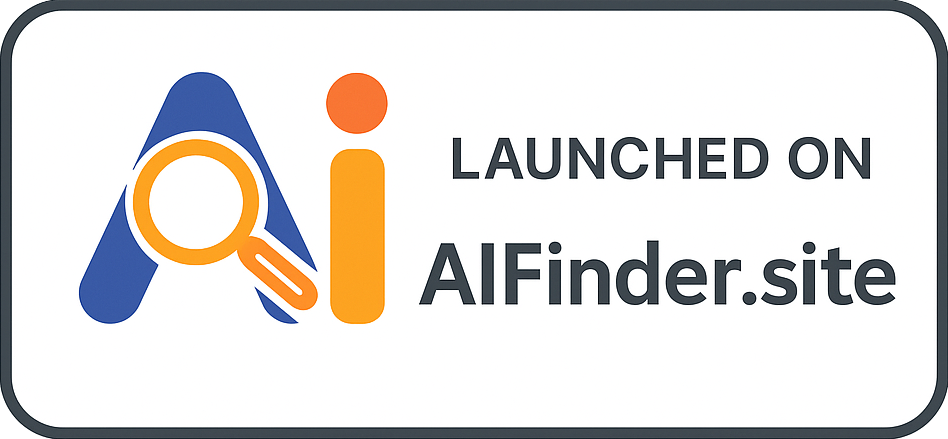Earnings Per Click (EPC)
Earnings Per Click (EPC) is a key performance metric in affiliate and influencer marketing that measures the revenue generated for each click on an ad or marketing link.
Frequently Asked Questions
What is Earnings Per Click (EPC)?
Earnings Per Click (EPC) is a metric used to evaluate the profitability of an ad or marketing link. It is calculated by dividing the total earnings from a specific campaign by the total number of clicks generated.
Where is EPC used?
EPC is commonly used in affiliate marketing networks, ad campaigns, and influencer marketing platforms to assess the effectiveness of marketing strategies and the profitability of campaigns.
When should EPC be analyzed?
EPC should be analyzed regularly, especially during and after marketing campaigns, to understand which strategies are performing well and to make data-driven decisions for future campaigns.
Why is EPC important?
EPC is important because it provides insights into how effectively a marketing strategy is converting traffic into revenue. Higher EPC indicates a more profitable campaign and helps marketers optimize their resources.
How can businesses improve their EPC?
Businesses can improve their EPC by optimizing their ad placements, enhancing their targeting strategies, improving the quality of their landing pages, and analyzing audience behavior to ensure more relevant offers.
Key Takeaways
Earnings Per Click (EPC) is a critical metric in influencer marketing that helps brands understand and enhance the profitability of their campaigns. By focusing on EPC, marketers can make informed decisions that lead to improved performance and better returns on their marketing investments.
Hot Glossary Terms
Influencer Marketing
Influencer Marketing is a strategy that leverages the influence of individuals with large followings on social media to promote products or services, aiming to reach a targeted audience effectively.
Social Media Marketing
Social Media Marketing refers to the use of social media platforms and websites to promote a product or service, encouraging user engagement and brand awareness through content creation and sharing.
Content Strategy
Content Strategy is a comprehensive plan aimed at creating, publishing, and managing high-quality content to achieve business goals and enhance user engagement.
Brand Partnerships
Brand Partnerships refer to collaborative relationships between two or more brands or influencers aimed at promoting mutual interests and achieving shared goals through combined marketing efforts.
Engagement Rate
Engagement Rate is a key performance metric in social media and influencer marketing that measures the level of interaction and engagement a piece of content receives from its audience.
Related Terms
Social Media Reporting
Social Media Reporting is the process of analyzing and presenting data related to social media performance, helping brands understand engagement, reach, and overall effectiveness of their social media strategies.
Cost Per Lead (CPL)
Cost Per Lead (CPL) is a marketing metric that measures the cost associated with acquiring a potential customer’s contact information through various marketing efforts, including influencer marketing strategies.
Post Frequency
Post Frequency refers to the rate at which content is shared or published on social media platforms, significantly impacting audience engagement and visibility in the digital landscape.
Social Reach
Social Reach refers to the total number of unique users who have been exposed to a piece of content through social media platforms, indicating the potential audience size and visibility for that content.
Guidelines
Guidelines in influencer marketing refer to the set of best practices and recommendations that brands and influencers should follow to ensure effective collaboration, clear communication, and compliance with legal regulations.







